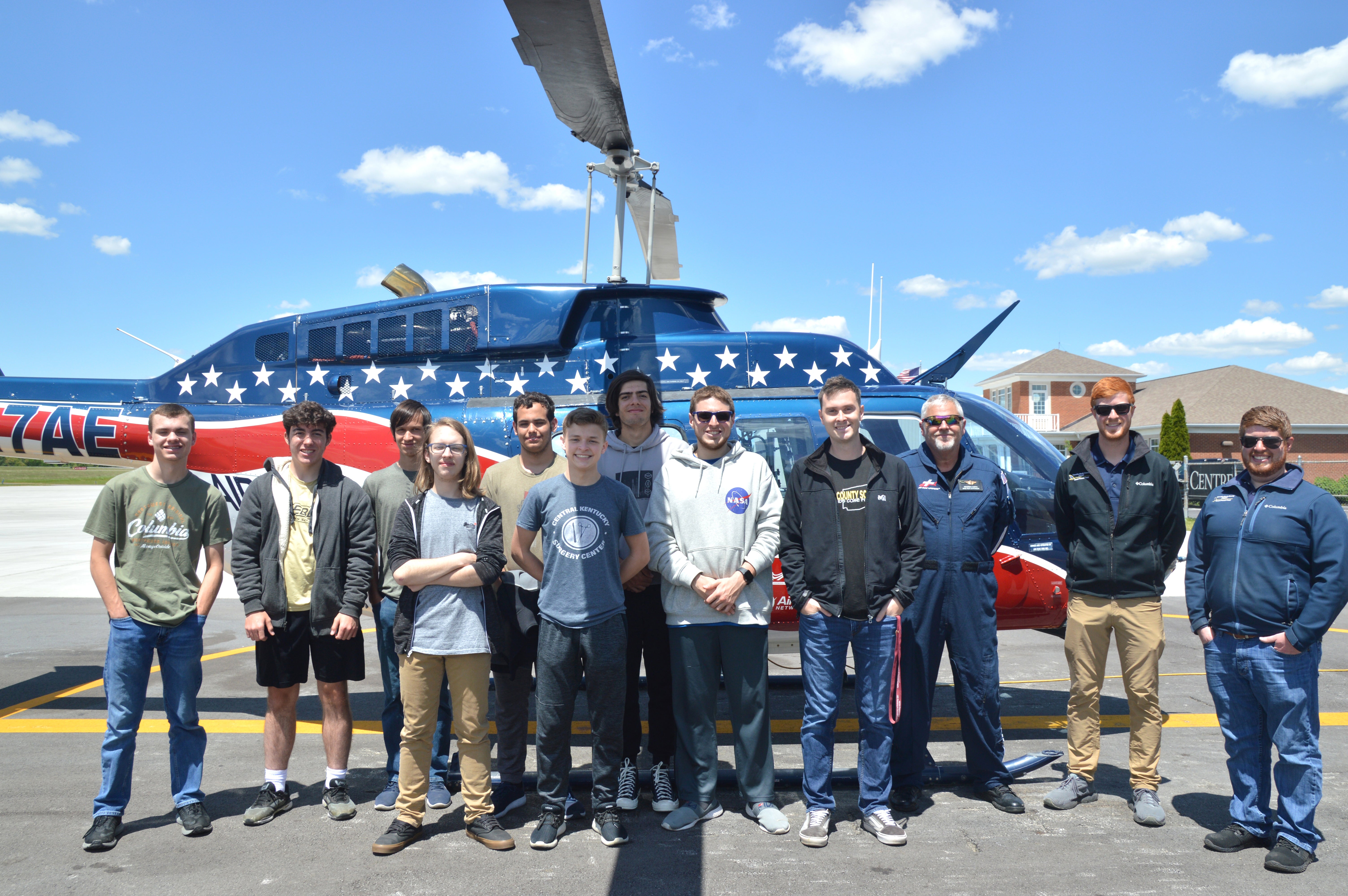The physics of flight: BCHS aviation students take a tour of the Danville-Boyle County airport
Published 4:55 pm Monday, May 17, 2021
This was the first academic year Boyle County High School was able to offer an aviation/aerospace engineering class, and on Friday eight students from the class took a tour of the Danville-Boyle County Airport Stuart Powell Field, where staff told them some of the aerodynamics of flight, requirements to go through flight school, and how helicopters operate.
Students took turns examining controls in cockpits and answering questions about the parts of different aircraft.
Teacher of the class Sam Staggs, who also teaches physics and engineering classes, said there’s been community interest in the class, and the district also has been interested in starting one.
During the fall semester, much of the focus of the course was on the history of aviation. Staggs said students built a lot of models “analogous” to modern systems as well as historical ones. This semester, the class is focused on the theory and physics of flight. Some of Staggs’ students are taking the class virtually.
“We’re talking a lot about the theory of what actually keeps an aircraft aloft, what works for an airplane, what works for a helicopter,” Staggs said. “Right now, we’ve been talking about stability for an aircraft in the air and different control surfaces, like how the pilot manipulates the aircraft.”
Later, Staggs said, “I’ve literally had a blast with it. I wish I could teach more. I’ve just got the one class.”
Michael Farthing, a senior, has an interest in aviation and aerospace and wore a NASA shirt on the tour. He said he is thankful for the school for offering the course, especially since this is his last year of high school, and gave “special” thanks to the Aircraft Owners and Pilots Association.
“I waited so long for these classes to be offered, and finally they were offered, and I was able to take them,” Farthing said.
Boyle County Schools tech resource staff member Stephanie Wade said she and Staggs had collaborated, and the principal at the high school agreed to have Staggs teach aviation through the AOPA curriculum, which Wade said the school got for free.
Wade said the district’s hope is that it will eventually be able to establish a career and technology center, which is an item on the district’s facility plan. This would provide a space for courses in areas like that of the aviation/aerospace engineering class, including classes for advanced manufacturing, plumbing and other technical skills.
Several of the students on the tour had a variety of interests, from becoming pilots to working on maintenance or engineering.
Freshman Kaden Abbott is in flight training with Wings Flight Training. Now, he’s 15 years old and started when he was 13. He flies about once every couple of weeks, he said. Before, he flew twice a week, but that was “just for the fun of it.” He currently has about 50 hours, which is close to the minimum required to get private pilot certification, but to be able to operate an aircraft flying solo, an individual has to be 16 years old, and to get a private pilot certificate, an individual must be at least 17 years old.
During the tour the students not only learned about planes and their wings, tails, and aerodynamics, but also helicopters. They also toured the AirEvac facility at the airport — AirEvac provides emergency medical services — where they were told that helicopters are more maintenance-intense than planes because they involve more moving parts that are subject to wear and tear.
Staggs said the class gained a new appreciation in the classroom for how difficult it is to get a helicopter to hover in place due to its aerodynamics, something his class spent about a day discussing, and the class also talked more generally about helicopters and how they operate, as they’re more complex than airplanes.










